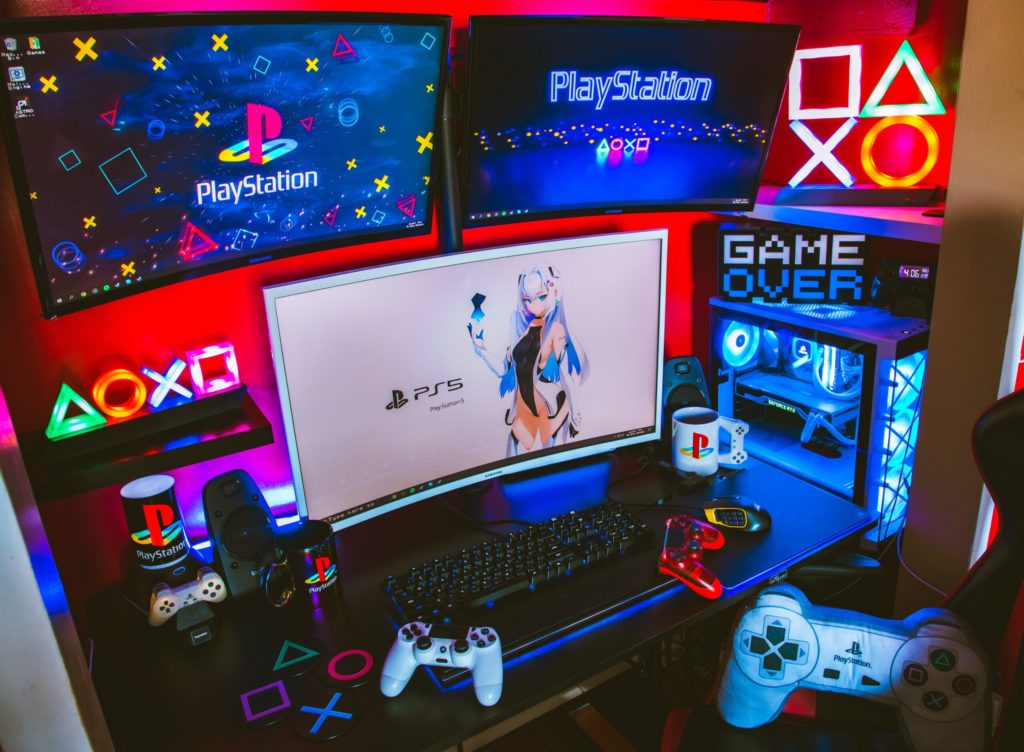By Tim Massey, Engineering & VR Product Manager, Vicon
For entertainment businesses, capitalising on intellectual property (IP) is a core source of revenue – as well as a way to build brand awareness and loyalty with consumers. Almost all entertainment brands have some form of IP — whether it’s scripts, characters, animation style, logos or even films or TV ‘universes’ — and are always on the lookout for ways to further exploit these assets to open up further revenue streams.
Take Disney for example. One of the world’s most loved brands, Disney prides itself with having created the most memorable fictional character in modern culture — Mickey Mouse. Over the last 87 years, this loveable character has been exploited through countless channels, from films to music, video games, merchandise and, of course, theme parks. According to Forbes, Mickey Mouse is the “richest fictional billionaire”, placing his estimated worth to Disney at $5.8 billion per year.
But despite having a brand value of US$32.6 billion, the entertainment giant is continuing to seek ways in which it can further exploit its giant bank of IP. This recently became clear with the launch of Disney+, the company’s new subscription video on-demand streaming service.
Analysts projected it would take about seven weeks for the new streaming service to reach eight million subscribers, but in fact, it hit 10 million in just one day. This huge launch reaffirms that Disney’s unparalleled collection of IP has been the bedrock of its success.
While television, film and merchandise are all clearly successful routes for IP holders looking to maximise their assets, entertainment brands now need to take this one step further in order to stay ahead of competition and grab audience attention.
The revival of consumer experiences
IP-branded location based entertainment (LBE) is becoming an increasingly enticing opportunity for brands looking to further increase revenue, as they are able to drive fan engagement and give people new types of interactions with their favourite characters.
Before the pandemic hit, the location-based virtual reality industry was heading towards its highest revenue yet, with new locations being opened across the globe. While a large majority of these venues were suddenly forced to close their doors earlier this year as a result of Covid-19, many locations are already returning rapidly to pre-pandemic revenue levels since opening in September.
With a huge number of popular film franchises out there, entertainment companies are recognising the fact that we’re still living in an experiential economy and are investing in large-scale, real life experiences. With conventional entertainment experiences — like cinemas — currently under a huge amount of pressure due to social distancing measures and restrictions on new film production, monetising existing, popular franchises is now more important than ever.
A great example of this is China’s Lionsgate Entertainment World. Dubbed as the most technologically advanced theme park, the attraction uses cutting-edge virtual reality (VR) and augmented reality (AR) within its rides and attractions. Visitors get the chance to experience being placed in some of Lionsgate’s most popular movie franchises, including The Hunger Games and The Twilight Saga.
While brands are recognising the importance of offering more experiences as a way of engaging their audience through established technologies like VR, it’s important to understand that these technologies have limitations that could hinder a brand’s potential to stand out in front of a crowded marketplace.
Welcome to location-based virtual reality
There’s no doubt that VR can be used in order to create imaginative and memorable experiences. However, other VR methods that are available today will allow brands to offer even more immersive and engaging experiences, while giving them the opportunity to enter new markets — gaming in particular.
Traditional VR experiences have only been able to support a very limited number of simultaneous users in small venues, with unreliable and poor quality tracking — which has ultimately meant the experiences served up have been limited in their appeal. It would be hard to turn these sorts of experiences into a reliable new revenue stream.
However, location-based virtual reality (LBVR) for example, which can be tied directly to a high value brand, has the ability to provide richer, more engaging one-off experiences that consumers are unable to recreate through a traditional VR headset at home.
With extremely precise tracking and the ability to support larger numbers of simultaneous ‘players’ in bigger venues, LBVR allows players to move freely in a virtual space and interact with a wide range of elements — which is not possible through traditional VR methods. This opens up the storytelling and experiential benefits of LBVR massively.
In addition, the technology allows users to interact with objects and puzzles in the VR world in a more natural and realistic manner — giving brands the opportunity to turn their most popular IP or franchise into a more gaming-like experience that will allow guests to feel more involved in the scenario unlike ever before – through sight, sound, touch and even smell.
Solutions also support much faster set-up times – smoothing off the rough edges of how people interact with the whole experience and also gives operators more guarantees in terms of visitor numbers per hour, queueing times and so on.
LBVR technology doesn’t just have the potential to deliver more compelling VR experiences. You also have a package that makes commercial sense for the IP holder.
This particular technology presents a huge opportunity for those brands looking to further expand their presence and exploit their most beloved assets in order to successfully increase both brand awareness and revenue share.









